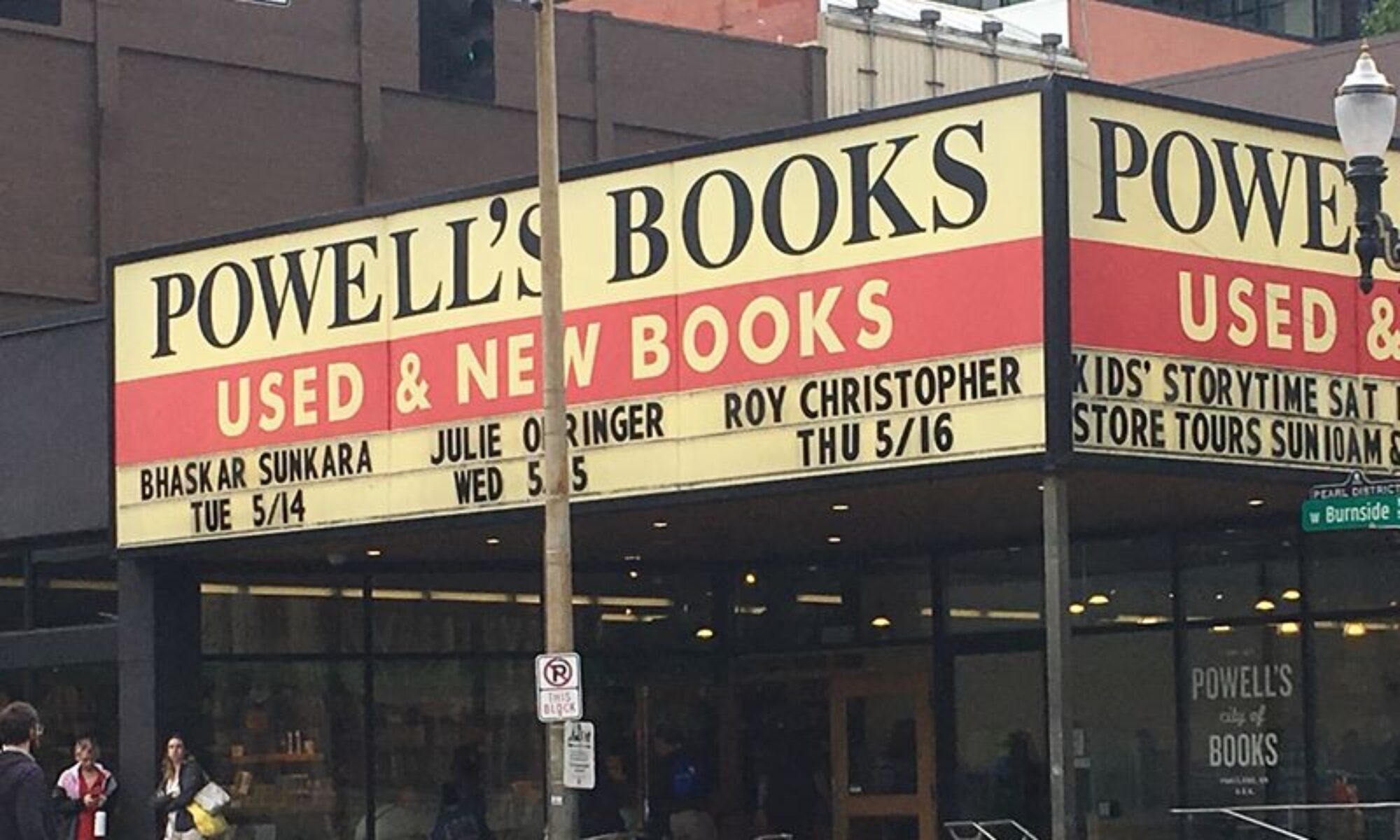Daniel H. Pink has been exploring the way we work for over a decade now. From Free Agent Nation (Warner Books, 2001) to A Whole New Mind (Riverhead, 2005), he’s been unearthing the intricacies of the working world from the abstract to the concrete. His latest book, The Adventures of Johnny Bunko (Riverhead, 2008), is a career guide written in the Japanese graphic-novel style of manga (a trailer for which is embedded below). As the world of work continues to get more and more confusing, we need all the help we can get.

Roy Christopher: Your work has made an interesting shift from the nomothetic to the idiographic, from the working trends of the masses to the career of the individual. Has this been an intentional change in focus?
Daniel Pink: A little bit. I’ve tried to write all my books from the perspective of the individual. As I write, I really think about an individual reader going through the pages and trying to glean some information and guidance. The big change with Johnny B. is that I decide to do a pure narrative — and, of course, I decided to tell that story in the picture-based form that is manga.
RC: Tell me about Johnny Bunko, “the first American business manga.” Where’d you get the idea to present your business writing through the Japanese graphic novel format?
 DP: It was a bunch of factors. I spent a couple of months last year in Japan studying the manga industry. One of the things I discovered that manga is ubiquitous in Japan — 22% of all printed material is in comics — in part because it’s a form that’s for adults as well as
DP: It was a bunch of factors. I spent a couple of months last year in Japan studying the manga industry. One of the things I discovered that manga is ubiquitous in Japan — 22% of all printed material is in comics — in part because it’s a form that’s for adults as well as
kids. In any Japanese bookstore, you can find manga to help you manage your time, learn about Japanese history, find a mate, etc. But as popular as manga has become in the U.S., we still don’t have that genre of manga for adults. What’s more, when it comes to career
information, people today get their tactical information online — what keywords to include in a résumé, info about what a company does, etc. What they want from a book is what they can’t get from Google: strategic, big picture advice. That’s why I’ve organized this book around the six broad principles about satisfaction and impact at work that I wish I’d known 25 years ago.
 RC: A Whole New Mind goes a long way to reconciling the brain-hemisphere bias we’ve all been trained to accept. The book is definitely full of solid insights, but did you ever feel like you were reaching a bit?
RC: A Whole New Mind goes a long way to reconciling the brain-hemisphere bias we’ve all been trained to accept. The book is definitely full of solid insights, but did you ever feel like you were reaching a bit?
DP: No. If anything, people have told me that I went overboard in the book repeating that both hemispheres — or, more accurately, both left-brain and right-brain style thinking — are important.
RC: There seem to be two sides to the whole-mind concept: one is an opening up to new ideas and influences so that one doesn’t become stale, and the other is a narrowing of stimuli just so one can get one’s work done. How do we find a balance in this?
DP: That’s one of the most central questions of personal productivity. And there’s no simple answer. It seems like it’s less about balance than about being able to toggle back and forth between those two modes. The key, of course, is figuring out when to shift. I have a tough time with that myself.
RC: I’ve been primarily freelancing for most of the last decade. Looking back, how prescient were your ideas in Free Agent Nation?
DP: I let others decide the prescience. What I see is that this form of working has become more prevalent and more socially acceptable. And perhaps more interesting, Corporate America itself is becoming more free agent-like. Job tenures are shorter; companies hire people without extending any expectation that new hires will be there for a long time. Organizations are extending much greater flexibility over time and work style. And, of course, they’re shifting responsibility like health care and pensions to the individual. In some sense, whether we’re getting a 1099 or a W-2, we’re all free agents now.
——
Here is the trailer for Daniel Pink’s Johnny Bunko (runtime: 1:46):

